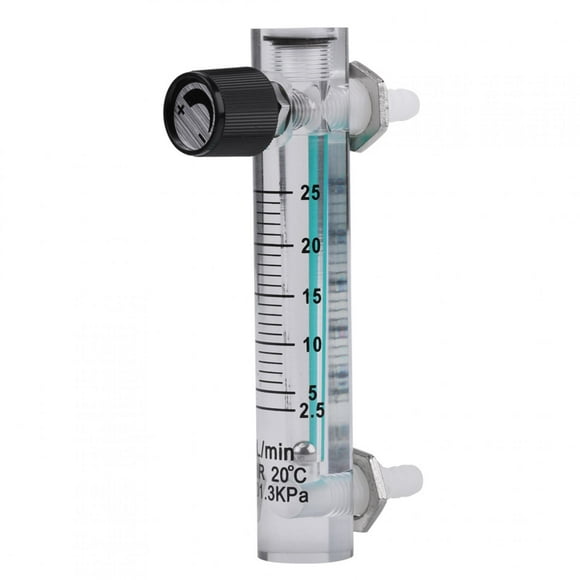In addition, there is a wide variety of customization options available for liquid level sensors. The following is going to be an analysis of the various working principles that are utilized by the many different kinds of liquid level sensors that are available on the market today.
When it makes contact with the surface of the measured medium, the high-frequency ultrasonic pulse that is being transmitted by the transducer is reflected back. The same transducer then receives a portion of the reflected echo, and it converts that portion into an electrical signal. This is the fundamental concept that underpins the operation of the ultrasonic level sensor. The relationship that exists between the value of the distance, which is denoted by the variable S, the speed of sound, which is denoted by the variable C, and the amount of time it takes to transmit the signal, which is denoted by the variable T can be represented by the equation S = CT /2. As a consequence of this, the wave that was transmitted cannot be identified, nor can the value of its distance be determined. The model of the ultrasonic level sensor has a direct bearing on the size of the blind zone that it produces. The ultrasonic liquid level sensors are adaptable pieces of equipment that can be used in a wide variety of challenging environments.
The servo liquid level sensor is a relatively new kind of liquid level sensor that has seen a fair amount of success in recent times. This success can be attributed to the fact that the servo liquid level sensor is relatively easy to use. The high-precision Annubar Flow meter measurement of light oil products is the primary field in which it is utilized. Radar liquid level sensors present a formidable obstacle for it to overcome. It operates according to the same fundamental principle as the steel belt-type liquid level sensor, but due to its accurate force sensor and servo system, it can form a closed-loop adjustment system instead of just an open one. By taking into account the gravity of the steel belt, it is possible to precisely adjust the height of the float in order to strike a balance between the effects of buoyancy and gravity. Additionally, one can precisely determine the level of the liquid by taking into account the gravity of the steel belt.
The static pressure liquid level sensor calculates the height of the liquid by first measuring the pressure at the bottom of the liquid and then applying the relationship that exists between the pressure of a uniform liquid and the height. This allows the sensor to determine the height of the liquid. The sensor is able to convert the liquid level as a result of this. The static pressure liquid level sensor requires a large number of other testing devices in addition to a complete collection of static pressure readings in order to eliminate these effects. This is because the static pressure readings are used to determine the level of the liquid. There will be a significant financial investment required for the measurement system.
The following equation can be used to calculate the pressure that is exerted on the surface of the sensor when the liquid level transmitter has been submerged to a particular depth in the liquid being measured. This can be done by applying the principle of static pressure measurement. P = gH + Po.
At the same time, the pressure of the liquid is transferred through the air-conducting stainless steel into the positive pressure chamber of the sensor. H.
You should now be familiar with the fundamentals underlying the operation of the three types of liquid level sensors that are used most frequently. The aforementioned description was condensed for the purpose of providing users with the ability to carefully consider and select the instrument that best meets their needs in order to reduce the number of errors that are committed.
In the industry of monitoring the level of liquids, one technique that is used frequently is one that translates the amount of time required for transmitting and receiving into the height or distance of the liquid that is being cryogenic pressure transducer monitored. This method works by converting the amount of time. This non-contact method is dependable and consistent, which is a large contributing factor to the fact that it is so widely used in practice. In the past, data for monitoring the levels of river water were typically obtained through the use of manual field measurements. Today, however, automated monitoring systems are used.
(3) The value that was measured does not have a high degree of accuracy and should only be used for reference purposes. This is because the value could be affected by outside factors. This collection of ultrasonic liquid level sensors, digital display meters, monitoring cameras, and various other pieces of automation equipment are what do the work of monitoring the water level in the tank. This particular piece of water level monitoring equipment was developed specifically for the purpose of monitoring water levels.
In a similar vein, the utilization of an ultrasonic liquid level sensor in the process of monitoring has resulted in a significant increase in the precision of the water level measurement, which has been met with positive feedback from customers. In addition, the use of an ultrasonic liquid level sensor in the process of monitoring has resulted in a significant increase in the accuracy of the monitoring. On the road to automation, sensors of every imaginable kind play an important role, and these sensors are gradually but surely changing the world.

